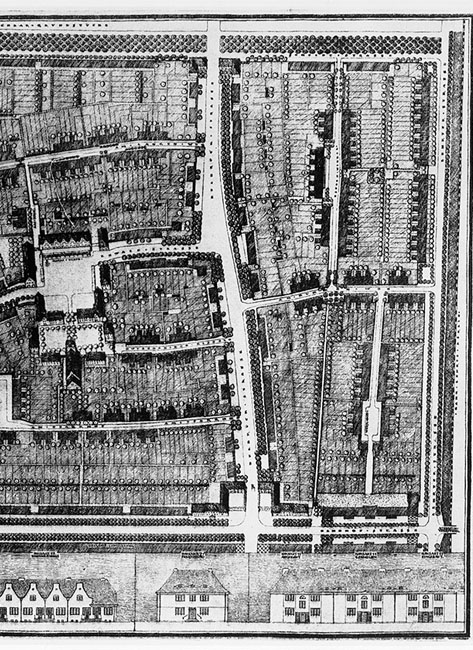Moderne intentie?
Een herwaardering van Paul Schmitthenner
Samenvatting
De architect Paul Schmitthenner1 was tussen de twee wereldoorlogen een leidende figuur op het gebied van de ‘nieuwe traditie’.2 In die tijd was de Stuttgarter Schule, waarin hij de bepalende figuur was, naast het Bauhaus in Weimar en Dessau de invloedrijkste architectuuropleiding in Duitsland. Deze opleiding stond lijnrecht tegenover de avant-garde en cultiveerde het bouwen met ambachtelijke methoden en natuurlijke materialen. Schmitthenner was in enkele belangrijke verhandelingen over de moderne architectuur vertegenwoordigd met interessante voorstellen. Verrassend maar waar: zijn tegenwoordig vergeten prefab-systeem voor woningbouw overtrof qua snelheid en kostenbesparing de projecten van Walter Gropius in Törten bij Dessau. In 1933 koos Schmitthenner de kant van de nationaal-socialisten en trachtte zeggenschap te krijgen over de architectuuropleiding in Pruisen. Toen dit mislukte, nam hij meer afstand en ontwikkelde een subtiele kritiek op het gigantisme van Albert Speer’s officiële ontwerpen.
Ter introductie twee citaten over Schmitthenner uit de jaren 1920 en 1930: ‘Hoewel Schmitthenner een uitgesproken tegenstander is van de Nieuwe Zakelijkheid, beweert hij wel modern te zijn. Zijn huizen zijn degelijke, goed geproportioneerde, maar ongeïnspireerde bewerkingen van de regionale architectuur uit het begin van de negentiende eeuw (…) Zijn grotere gebouwen zijn in een smaakvolle, halfmoderne stijl, beter eigenlijk dan veel ander werk in Duitsland, moderner van intentie.’3 Zo werd Schmitthenner in 1933 gekarakteriseerd door niemand minder dan Philip Johnson. Niet de postmoderne Johnson van het einde van de twintigste eeuw, maar de vroege Johnson, die in 1932 samen met Henry Russell-Hitchcock een baanbrekende tentoonstelling in het MoMa in New York had georganiseerd en daarmee bepaalde wat voortaan als Internationale Stijl geschiedenis zou maken.



